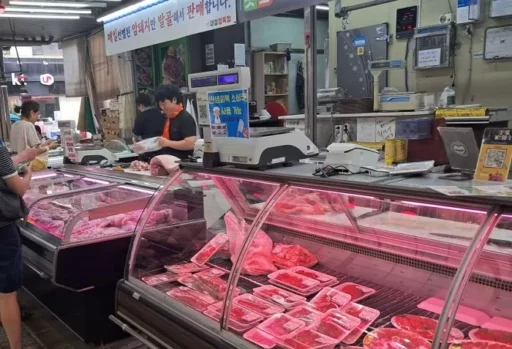Starting September 22… Discussions on the criteria for the second round of consumer coupons for livelihood recovery intensify
The government is accelerating the preparation of criteria to exclude the top 10% ahead of the second round of consumer coupons for livelihood recovery, which will begin on the 22nd of next month.
According to the Ministry of the Interior and Safety on the 10th, a total of 48.18 million people, or 95.2% of the overall eligible population, applied for the first round of consumer coupons, resulting in a total disbursement of 8.7232 trillion won as of 00:00 on the 8th.
The second round of consumer coupons will provide approximately 90% of the citizens with 100,000 won per person, based on health insurance premiums.

Attention to the application of special provisions for dual-income households and single-person households
The key issue is how to exclude the top 10%. The Ministry of the Interior and Safety plans to conduct focused discussions with the Ministry of Health and Welfare and the National Health Insurance Service starting as early as the 18th to finalize the criteria around the 10th of next month, covering topics such as exclusion criteria for high-net-worth individuals and the application of special provisions for dual-income and single-person households.
The government is referencing the case of the COVID-19 equal support payment issued in 2021. At that time, the basic target was set to the bottom 80% of household income, but around 88% received the support due to special provisions.

For single-person households, those with health insurance premiums of 170,000 won or less were eligible for support. This standard corresponds to wage earners with an annual income of about 58 million won or less and was relaxed to account for the high proportion of elderly or inactive population.
To prevent disadvantage for dual-income households, a standard was applied that added one more family member to the household count. For example, a dual-income household of two was assessed against the health insurance premium standard for a three-person household.
Key issues include the exclusion of high-net-worth individuals and the method for calculating premiums.

How to filter out high-net-worth individuals is also crucial.
For employed individuals, health insurance premiums are calculated based only on income, whereas for regional subscribers, premiums are determined by combining income and property. Therefore, even with the same income level, premiums can vary based on the type of subscription and household composition.
In 2021, even if they met the health insurance premium criteria, individuals were excluded from eligibility if they exceeded specifications such as a total property tax assessment standard of 900 million won or financial income over 20 million won.
The timing of the criteria also stirred controversy. At that time, only the health insurance premiums for June were reflected, resulting in criticisms that irregular-income individuals such as day laborers and temporary workers were excluded. There are increasing calls to address this issue of equity in the current round.
Image source: Photo = Insight, News1, reference images for understanding the article / News1


![[Breaking News] Kim Geon-hee’s ‘arrest warrant’ issued… First time in constitutional history that a ‘former presidential couple’ has been arrested simultaneously.](https://wordkorean.com/wp-content/uploads/2025/08/thumbnail-342.jpg)